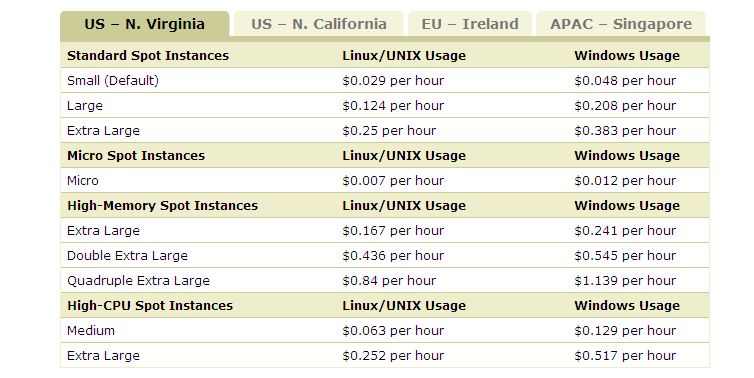Everyone is talking about cloud computing and Software-as-a-Service (SaaS) these days. Almost every technology vendor has announced a cloud strategy – even the traditional software zealots. But what do cloud computing and SaaS mean for product managers? In a recent report, Forrester Research stated that “No member of the development effort faces greater change in moving into the SaaS world than the product manager.” The functions performed by product managers do not necessarily change in a cloud computing world. However, the approach to activities such as requirements gathering, marketing programs, pricing and contract terms can be different than with traditional IT. Perhaps, the biggest change is in the area in pricing models.
Usage-Based and Subscription Models
A critical component for any product manager’s cloud strategy is the need to design a usage based pricing model. For example, e-mail subscriptions may be priced upon mailbox count; CRM applications based upon end-users; storage services based upon gigabytes; and supply chain systems based upon purchase order quantities. An infinite number of possibilities exist for product managers to introduce innovative pricing models. However, most are constrained by the limitations of their billing systems. In addition, to usage based pricing models, product managers will also need to offer fixed fee subscription options. Most buyers prefer the usage-based pricing strategies when transaction volumes or end-user participation is relatively low. However, as adoption grows, customers often seek the predictability of a fixed-fee subscription model. Subscription pricing may be based upon parameters such as annual revenues, employee count or office locations. Many vendors offer price brackets which guarantee fixed fees if a customer’s usage varies within a certain range.
Spot Markets
The concept of market-based pricing takes on a new meaning in cloud business models. Amazon.com recently introduced a spot market for its EC2 services, which resembles the securities exchanges used to trade communities such as orange juice, crude oil and pork bellies2. When computing and storage resources are in high demand, the spot market will drive the price of services higher. Conversely, when resources are in low demand, the spot market will drive the price lower offering opportunities for bargain hunters. Such a model is more efficient for some types of clouds services than others. Nonetheless, product managers need to consider whether offering excess capacity on third party clearinghouses such as SpotCloud can create new revenue-generating opportunities.
Amazon Web Services Pricing – February 2011
Free
Another pricing model for product managers to consider is a free version of the service, which is designed to quickly capture market share. There are numerous different permutations of free models, each of which offers different opportunities to generate revenue. For example, with “freemium” models a large percentage of an end-user community (e.g. 95%) uses a basic version of the service for free while a smaller group (e.g. 5%) pays for access to a premium version. The premium customers subsidize the remaining 95% of users. Another free model involves providing no-charge access to a community of end users that is subsidized by a third party such as an advertiser. The advertiser pays for access to information or to market directly to end users, which underwrite the costs of the service.
Cloud services are appealing to users seeking to avoid the vendor lock-in that occurs with traditional purchased software licenses and hardware equipment. Consequently, product managers face a more challenging scenario for contract terms than with traditional IT. Senior management and investors will prefer the predictability of securing long-term contracts. However, end-users may demand the flexibility to terminate for convenience at any time. Offering lower pricing in exchange for a longer term commitment is a popular approach to enticing customers into contract terms more favorable for the vendor.
More thoughts on how cloud computing impacts product management in an upcoming post…











One Comment